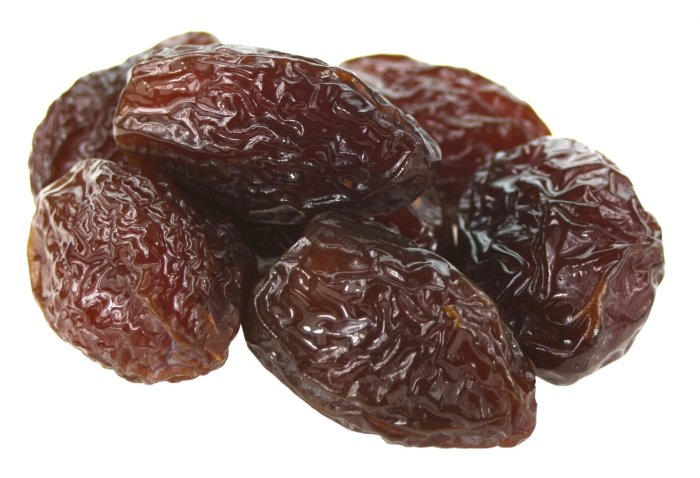Since biblical times, dates were to believed to possess profound healing properties, but only now is science catching up to confirm our distant ancestors knew exactly what they were talking about.
When we apply the complementary lenses of modern scientific investigation and ancient wisdom, dates begin to look like both a holy- and a super-food of immense value.
Here’s a neat example.
From the Koran to Clinical Trials: Dates for Better Birthing
In the Koran, the central holy book of Islam, Allah instructs the Virgin Mary to consume dates when she gives birth to Jesus.[1] And so, not surprisingly, dates are commonly referred to within the Islamic tradition as beneficial to pregnant women. We might chalk this up as “pre-scientific” magical thinking without basis in medical fact, were it not for a remarkable human clinical study that confirmed their value in pregnancy…
Published in the Journal of Obstetrics and Gynecology in 2011 and titled, “The effect of late pregnancy consumption of date fruit on labour and delivery”, researchers set out to investigate the effect of date fruit consumption on labor parameters and birth outcomes. Over the course of 11 months at Jordan University of Science and Technology, two groups of women were enrolled in a prospective study where 69 women consumed six date fruits per day for 4 weeks prior to their estimated date of delivery, versus 45 women who consumed none. These women were matched so there was no significant difference in gestational age, age and parity (the number of times a woman has brought a pregnancy to viable gestational age) between the two groups.
The results of the date intervention were reported as follows:
Improved Cervical Dilation: “The women who consumed date fruit had significantly higher mean cervical dilatation upon admission compared with the non-date fruit consumers (3.52 cm vs 2.02 cm, p < 0.0005).”
Less Damage to Membranes: “[The intervention group had] a significantly higher proportion of intact membranes (83% vs 60%, p = 0.007).”
More Natural (Spontaneous) Labor: “Spontaneous labour occurred in 96% of those who consumed dates, compared with 79% women in the non-date fruit consumers (p = 0.024).”
Less Drugs Required: “Use of prostin/oxytocin was significantly lower in women who consumed dates (28%), compared with the non-date fruit consumers (47%) (p = 0.036).”
Shorter Labor: “The mean latent phase of the first stage of labour was shorter in women who consumed date fruit compared with the non-date fruit consumers (510 min vs 906 min, p = 0.044).”
The researchers concluded:
“It is concluded that the consumption of date fruit in the last 4 weeks before labour significantly reduced the need for induction and augmentation of labour, and produced a more favourable, but non-significant, delivery outcome. The results warrant a randomised controlled trial.”[2]
Thanks to research like this we can see how the mythological and scientific ways of understanding now converge and confirm one another. I believe that rather than contradict and/or negate one another, the mythos and logos are beginning to assume a far more productive complementary relationship as we move into a new era of understanding where the profane and sacred are perceived as intimately entwined in our direct experience. The field of nutrition, as you can see, is no exception.
Dates Contain Nourishing Information
Dates, of course, are in the palmtree family, and along with coconut and red palm, are some of the oldest cultivated plants known in the historical record; in fact, they are so old we don’t know where they first originated. They have provided life-sustaining nutrition in regions that are often sparse in edible resources, and are increasingly being researched as a powerful medicinal food that could reduce much suffering in malnourished and disease prone populations, especially in underdeveloped countries.
Even while scientific analysis of dates are beginning to reveal that they are actually densely packed with a wide range of minerals, vitamins, amino acids and fatty acids, it should be emphasized that they are not just sources of energy and material building blocks for our body.
We must acknowledge that they are also sources of biologically valuable (perhaps indispensably so) information. We can not analytically decompose a food into the minerals, vitamins, and macronutrients (e.g. lipids, fats, and protein), that we believe are responsible for its nourishing and life-sustaining properties, without losing quite a lot in the process.
Foods contains hundreds, if not thousands, of physiologically important biomolecules, together which modulate the expression of thousands of genes in our body, as well as affecting our microbiome. In fact, our microbiome works on the foods we ingest, and together produce an intermediary layer of biomolecules known as the metabolome, many of which may be indispensable to our health.








